In today’s rapidly evolving work culture, employers are continually seeking innovative strategies to enhance productivity, engagement as well as motivation. One such strategy that has gained considerable traction is gamification. By integrating game mechanics into non-game environments, gamification offers a unique approach to boosting employee motivation, collaboration, and job satisfaction. This article explores the concept of gamification in the workplace, its benefits, challenges, and provides insights on how organizations can effectively implement it.ts benefits, challenges, and provides insights on how organizations can effectively implement it.
Understanding Gamification
Gamification involves applying game-design elements in non-gaming contexts to motivate and engage people. In the workplace, this could mean setting up competitions, reward systems, and leaderboards that mirror the engaging elements of games. The core idea is to make work tasks more enjoyable and engaging, thereby increasing productivity and commitment.
Benefits of Gamification in the Workplace
- Enhanced Engagement: Gamification introduces an element of fun into daily tasks. By making tasks feel more like games, employees are more likely to engage deeply and consistently. This increased engagement can lead to higher productivity and better job satisfaction.
- Improved Motivation: With the help of rewards and recognition, gamification can significantly boost employee motivation. For instance, earning badges or points for completing tasks or hitting targets can drive employees to push their limits and improve their performance.
- Encourages Learning and Development: Gamification can make learning and professional development more appealing and memorable. For example, using quizzes or interactive modules with elements like points and levels can help reinforce learning and encourage ongoing professional growth.
- Boosts Team Collaboration: Many gamified systems encourage teamwork by setting up team challenges or leaderboards. This can enhance team dynamics, foster a spirit of collaboration, and improve communication among team members.
- Increases Employee Retention: Engaging and fun work environments can decrease employee turnover. When employees are satisfied and motivated, they are less likely to seek other job opportunities.

Implementing Gamification: Strategies and Examples
Implementing gamification requires careful planning and consideration of company culture and goals. Here are some strategies and real-world examples of successful gamification in the workplace:
- Setting Clear Objectives: Before introducing gamification, it is essential to define clear objectives. What are the specific behaviors or outcomes the company aims to encourage? For example, Microsoft used gamification to debug its Windows software, where employees earned points for finding and fixing software bugs.
- Choosing the Right Tools and Elements: Depending on the objectives, different gamification elements can be utilized. These may include points, badges, leaderboards, challenges, and rewards. SAP, for instance, uses gamification in its online community network to encourage users to answer questions and share knowledge, with points and leaderboards to track contributions.
- Ensuring Fairness and Inclusivity: Gamification should be accessible to all employees and not just a select few. It’s crucial to design games that do not favor particular groups or skill sets unless they are directly relevant to the job.
- Feedback and Adaptation: Continuous feedback is vital for gamification. Regularly soliciting employee feedback on the system and making adjustments as necessary can help maintain engagement and effectiveness.
- Integrating with Corporate Culture: The gamification strategy should align with the company’s culture and values. For example, Google, known for its innovative and employee-friendly environment, incorporates gamification into various internal projects to encourage creativity and problem-solving.
Challenges of Gamification
While gamification has many benefits, it also comes with challenges that need to be carefully managed:
- Overemphasis on Competition: Too much focus on competition can lead to negative workplace dynamics, such as unhealthy rivalries or decreased collaboration.
- Diminishing Returns: The initial excitement of gamification can wane over time if the activities are not kept fresh and relevant.
- Misalignment with Business Objectives: If not aligned with business goals, gamification can become just another distraction.
Gamification in the workplace offers a compelling method to enhance employee performance, motivation, and satisfaction. When implemented thoughtfully, it can transform mundane tasks into engaging challenges and foster a productive and happy workplace. As companies continue to explore and refine this approach, the potential to reshape traditional work environments into dynamic and enjoyable spaces is immense.


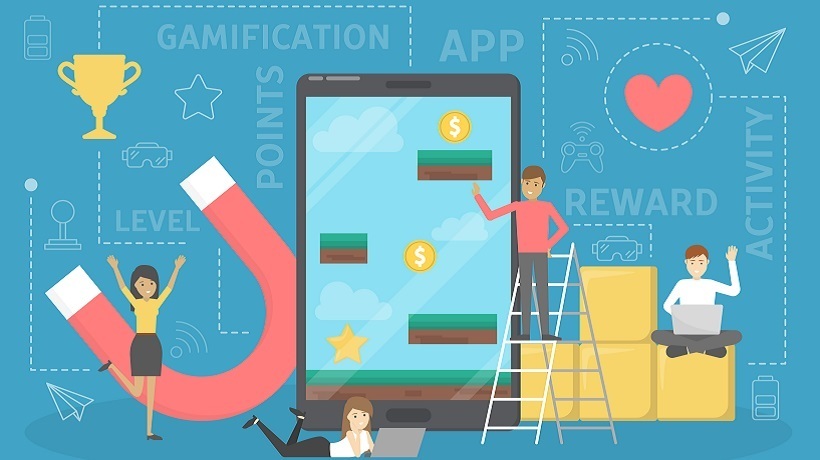


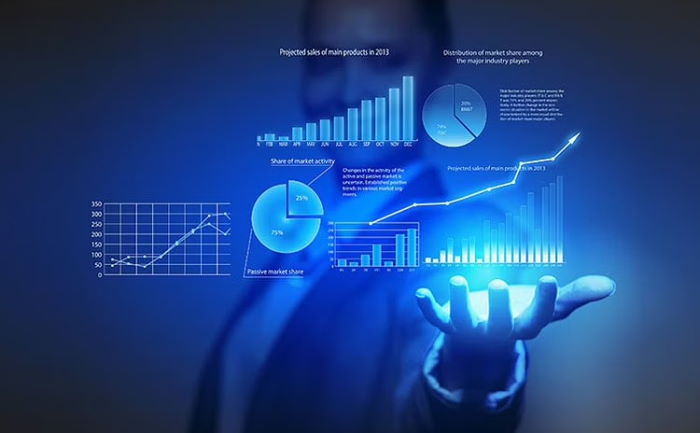

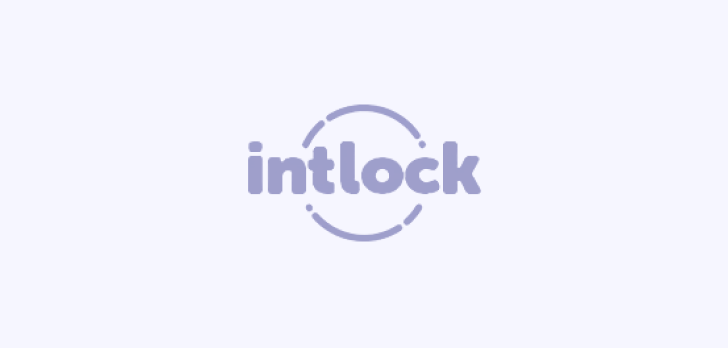
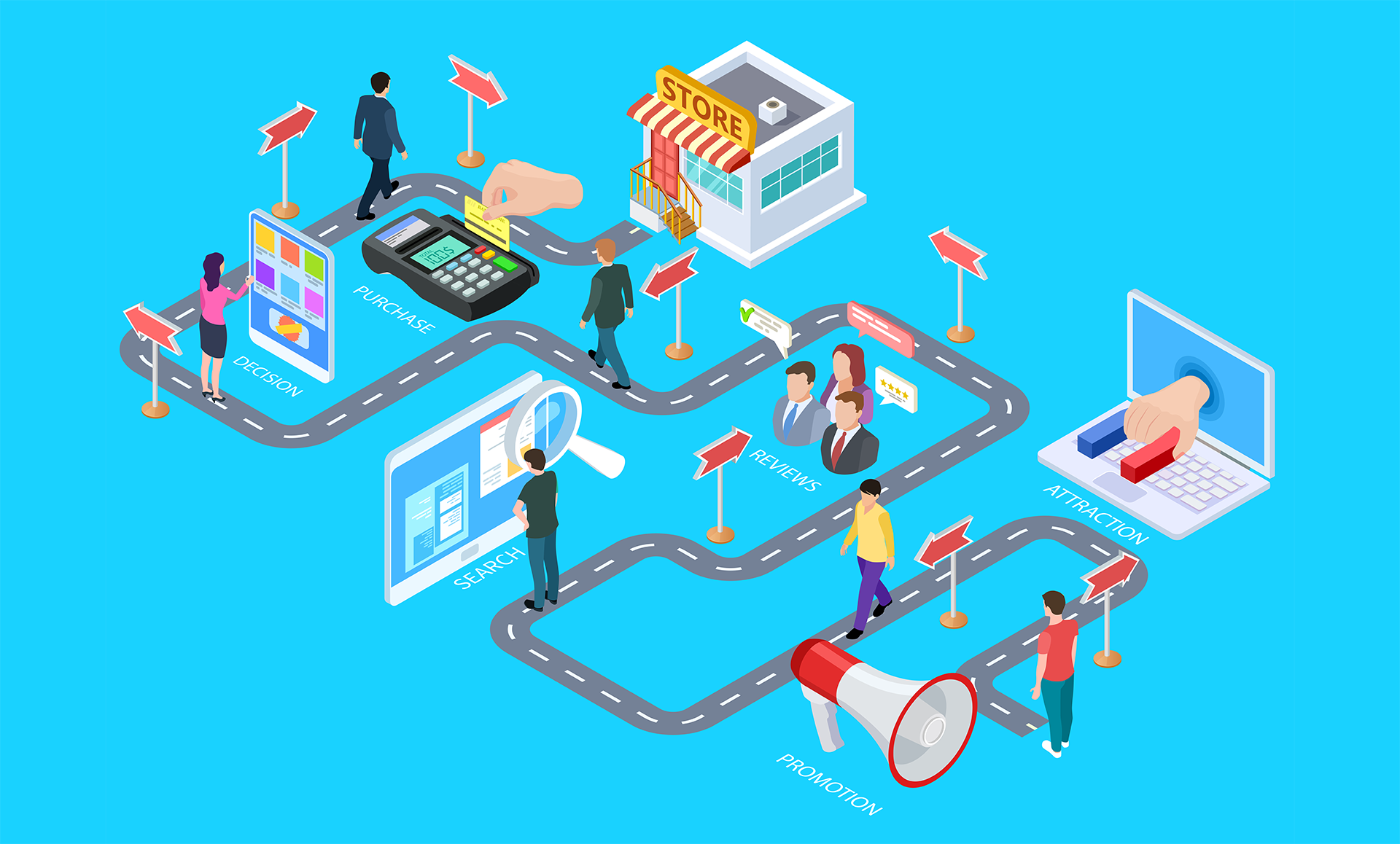

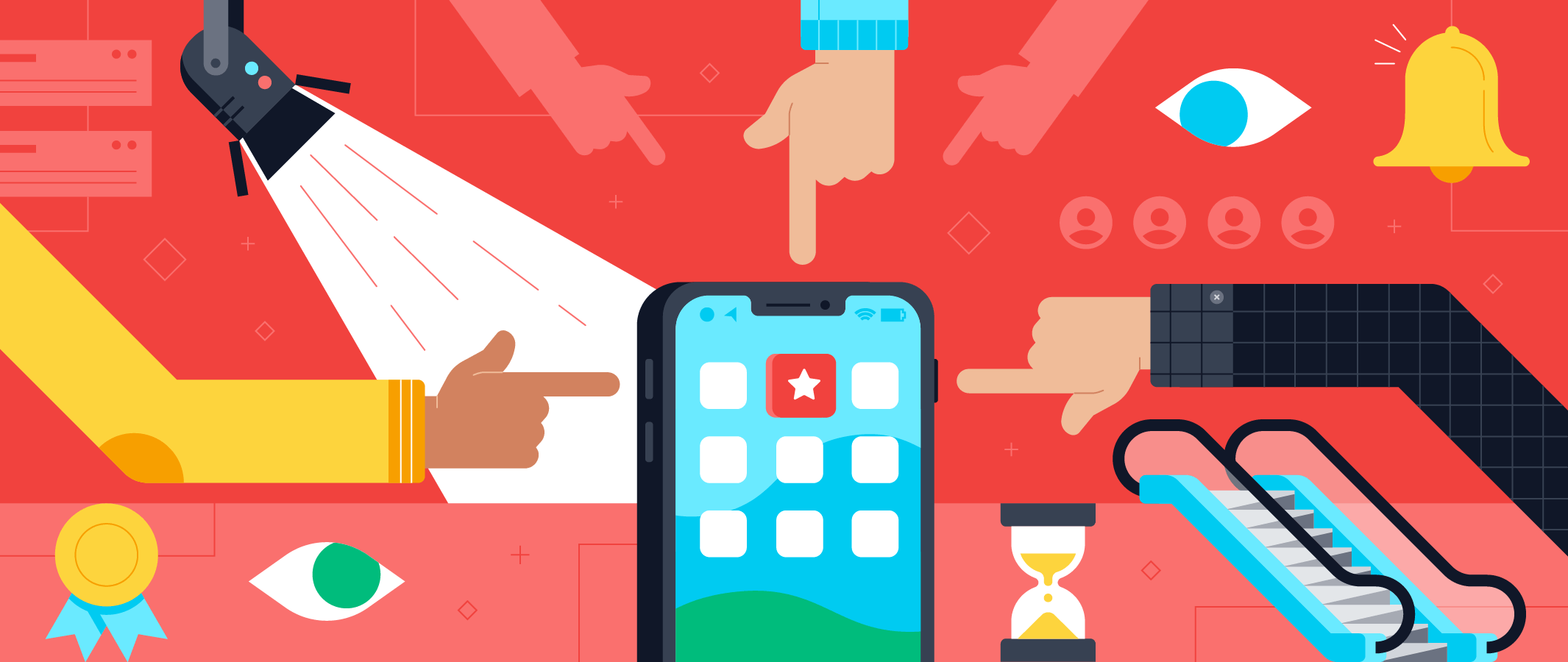

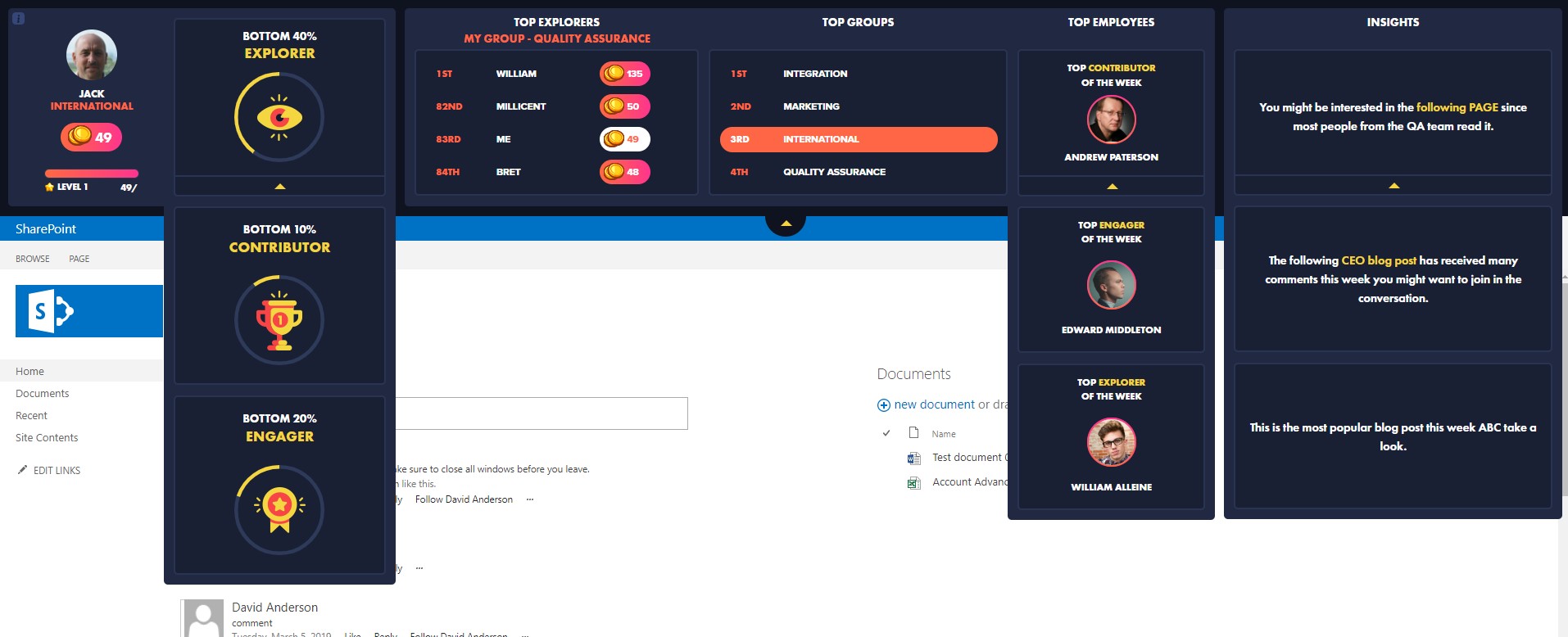

 Follow @cardiolog
Follow @cardiolog 